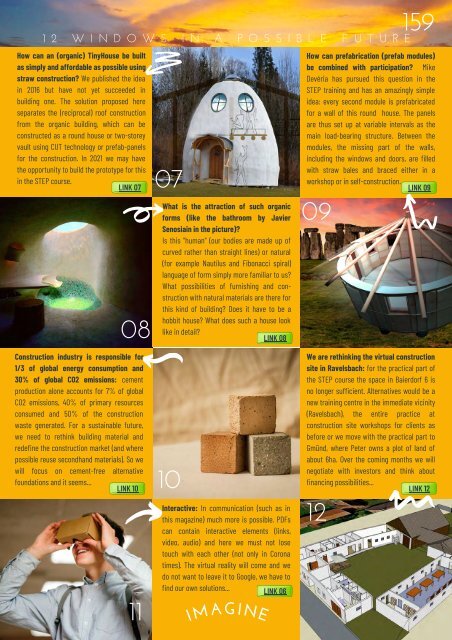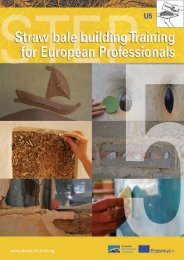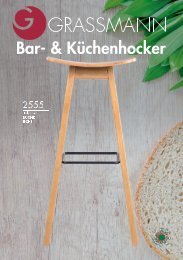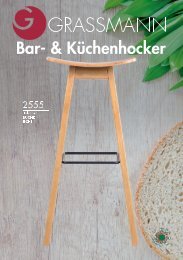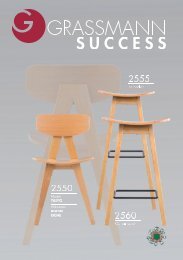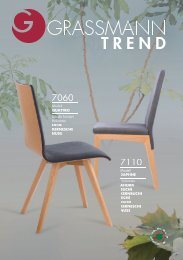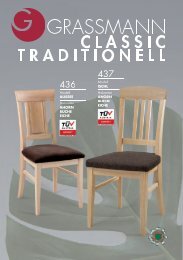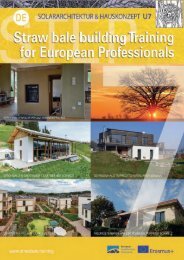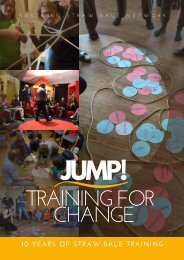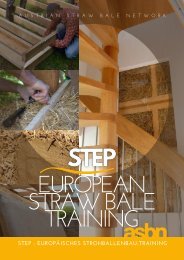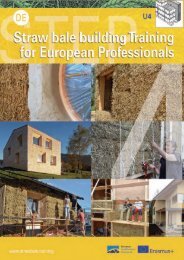20 Jahre asbn und Strohballenbau - 20 years of Straw Bale Building
Die komplette 160 Seiten Jubiläums-Edition zum 20-jährigen Bestehen des gemeinnützigen Vereins asbn - austrian strawbale network voll mit Bildern, Details, Schritt-für-Schritt-Anleitungen zum Strohballenbau, Aktionen, Visionen und Projekten. Wer das Magazin als Download oder Printmagazin haben möchte, findet dazu Infos auf Seite 2 / Deutsch/English
Die komplette 160 Seiten Jubiläums-Edition zum 20-jährigen Bestehen des gemeinnützigen Vereins asbn - austrian strawbale network voll mit Bildern, Details, Schritt-für-Schritt-Anleitungen zum Strohballenbau, Aktionen, Visionen und Projekten. Wer das Magazin als Download oder Printmagazin haben möchte, findet dazu Infos auf Seite 2 / Deutsch/English
Erfolgreiche ePaper selbst erstellen
Machen Sie aus Ihren PDF Publikationen ein blätterbares Flipbook mit unserer einzigartigen Google optimierten e-Paper Software.
1 2 W I N D O W S I N A P O S S I B L E F U T U R E<br />
How can an (organic) TinyHouse be built<br />
as simply and affordable as possible using<br />
straw construction? We published the idea<br />
in <strong>20</strong>16 but have not yet succeeded in<br />
building one. The solution proposed here<br />
separates the (reciprocal) ro<strong>of</strong> construction<br />
from the organic building, which can be<br />
constructed as a ro<strong>und</strong> house or two-storey<br />
vault using CUT technology or prefab-panels<br />
for the construction. In <strong>20</strong>21 we may have<br />
the opportunity to build the prototype for this<br />
in the STEP course.<br />
LINK 07<br />
08<br />
Construction industry is responsible for<br />
1/3 <strong>of</strong> global energy consumption and<br />
30% <strong>of</strong> global CO2 emissions: cement<br />
production alone accounts for 7% <strong>of</strong> global<br />
CO2 emissions, 40% <strong>of</strong> primary resources<br />
consumed and 50% <strong>of</strong> the construction<br />
waste generated. For a sustainable future,<br />
we need to rethink building material and<br />
redefine the construction market (and where<br />
possible reuse secondhand materials). So we<br />
will focus on cement-free alternative<br />
fo<strong>und</strong>ations and it seems...<br />
LINK 10<br />
11<br />
07<br />
What is the attraction <strong>of</strong> such organic<br />
forms (like the bathroom by Javier<br />
Senosiain in the picture)?<br />
Is this "human" (our bodies are made up <strong>of</strong><br />
curved rather than straight lines) or natural<br />
(for example Nautilus and Fibonacci spiral)<br />
language <strong>of</strong> form simply more familiar to us?<br />
What possibilities <strong>of</strong> furnishing and construction<br />
with natural materials are there for<br />
this kind <strong>of</strong> building? Does it have to be a<br />
hobbit house? What does such a house look<br />
like in detail?<br />
LINK 08<br />
10<br />
Interactive: In communication (such as in<br />
this magazine) much more is possible. PDFs<br />
can contain interactive elements (links,<br />
video, audio) and here we must not lose<br />
touch with each other (not only in Corona<br />
times). The virtual reality will come and we<br />
do not want to leave it to Google, we have to<br />
find our own solutions... LINK 06<br />
IMAGINE<br />
How can prefabrication (prefab modules)<br />
be combined with participation? Mike<br />
Devéria has pursued this question in the<br />
STEP training and has an amazingly simple<br />
idea: every second module is prefabricated<br />
for a wall <strong>of</strong> this ro<strong>und</strong> house. The panels<br />
are thus set up at variable intervals as the<br />
main load-bearing structure. Between the<br />
modules, the missing part <strong>of</strong> the walls,<br />
including the windows and doors, are filled<br />
with straw bales and braced either in a<br />
workshop or in self-construction.<br />
LINK 09<br />
09<br />
We are rethinking the virtual construction<br />
site in Ravelsbach: for the practical part <strong>of</strong><br />
the STEP course the space in Baierdorf 6 is<br />
no longer sufficient. Alternatives would be a<br />
new training centre in the immediate vicinity<br />
(Ravelsbach), the entire practice at<br />
construction site workshops for clients as<br />
before or we move with the practical part to<br />
Gmünd, where Peter owns a plot <strong>of</strong> land <strong>of</strong><br />
about 6ha. Over the coming months we will<br />
negotiate with investors and think about<br />
financing possibilities...<br />
LINK 12<br />
12<br />
159


